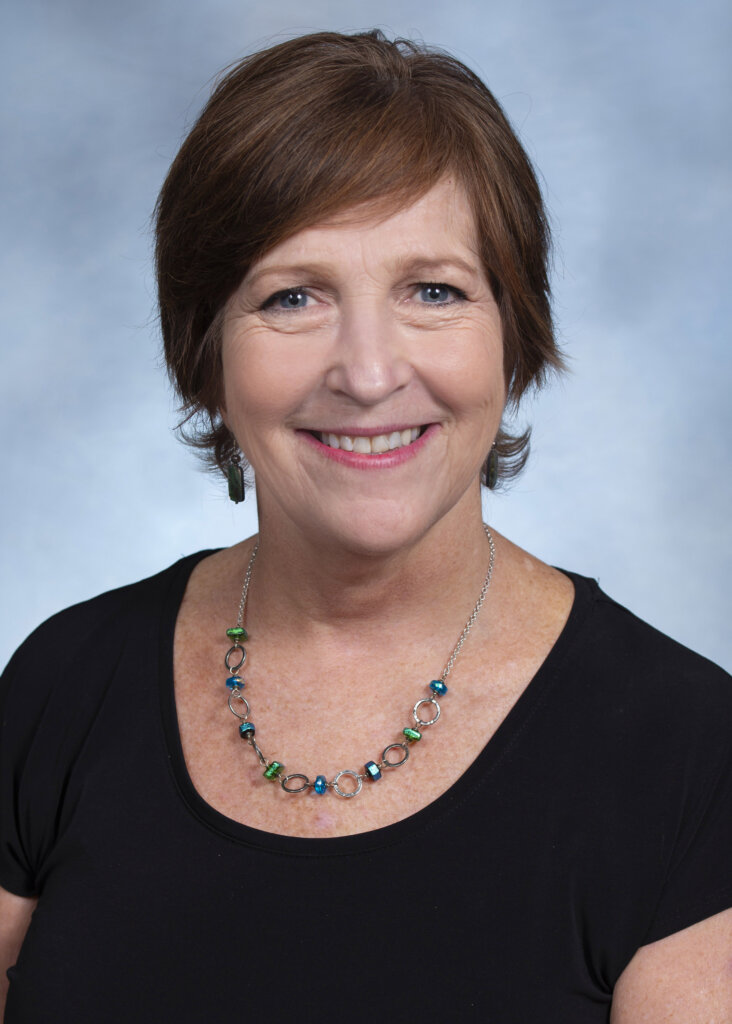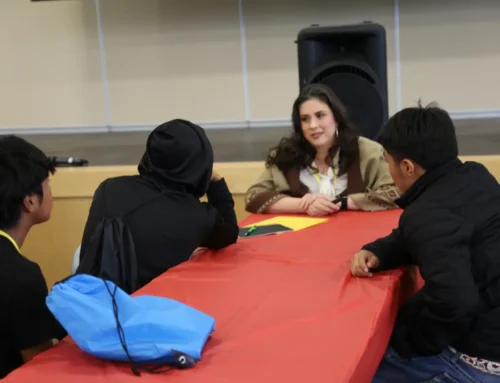Hello, Ed here.
Recently I had the opportunity to visit an elementary classroom where the students were asked, “How might you solve 499 + 17?” This experience got me thinking about what it means to be fluent in mathematics.
When we discuss students being fluent in mathematics, it’s not just about memorizing basic facts like addition up to 20 or multiplication up to 10 or 12. Fluency is more than following steps, it requires us to understand a situation and decide what to do.
Procedural fluency encompasses three key aspects:
- Accuracy: Students should be able to solve mathematical problems correctly.
- Efficiency: Students should complete work within a reasonable amount of time, which varies depending on the difficulty of the problem. For problems with basic facts, for example, expectations are that a student can solve the problem within about three seconds.
- Flexibility: Students should be able to select an appropriate strategy, apply a strategy to a new problem, and/or adapt a strategy to solve a problem.
Let’s examine this visual representation of 9 + 7 using 10-frames as an example:

In classrooms today, students often encounter images like this one, where some may notice that they can move one of the red circles to create a “friendly” number, such as 10. This transforms the problem into 10 + 6, which is much quicker to solve. Once this becomes tangible and visible to students, it’s a strategy they can use and practice.
Now let’s return to our original problem of 499 + 17. If we followed the standard algorithm, carrying digits to regroup as necessary, it might look like the image below:

This algorithm does work and there is a time and place for learning it, but it sometimes leads to misunderstandings around place value, in turn effecting understanding later in learning. If students practice the Making Tens strategy (through games and activities), they can quickly solve this problem mentally. In this case, they can see that they can make 500 by taking one from the 17. Now the problem becomes 500 + 16, which is easier to tackle.
This is just one strategy that I’ve seen in classrooms. The exciting part is that it grows up! Students apply this strategy in working with whole numbers, fractions, and decimals, and can extend it to making zeros with integers.
Why is learning and practicing strategies so important? Imagine a student comes to you and says they know all their multiplication facts up to 10. That’s fantastic. However, if you ask them to figure out 14 x 7, and they respond with uncertainty because they haven’t learned the 14s, it highlights the limitation of memorization. If they had practiced and employed strategies while learning their facts, they would have realized they could split the 14 into facts they already knew and combine to get the answer. These strategies can be carried over to different types of numbers instead of relying on memorization alone. A practical application when using and practicing various strategies is that they make use of distributive, associative, and commutative properties, which are important for solving mathematical problems well beyond elementary.
So, let’s not teach facts to memorize. Let’s teach strategies that empower our students to become proficient problem solvers.

Jennifer Bay-Williams
The NWESD is proud to offer an in-person workshop on building fluency in multiplication on Feb. 1, 2024. This course, led by nationally recognized researcher and author Jennifer Bay-Williams, is an excellent opportunity to delve deeper into strategies to support fluency. You can find more information and register at https://www.pdenroller.org/nwesd/catalog/event/162959.
Other Resources:
- Book Study on “Math Fact Fluency; 60+ Games and Assessment Tools to Support Learning and Retention” by Jennifer Bay-Williams and Gina Kling (Clock hours available)
- Book Study on “Figuring Out Fluency in Mathematics Teaching and Learning, Grades K-8: Moving Beyond Basic Facts and Memorization” by Jennifer Bay-Williams and John J. SanGiovanni (Clock hours available)
- NWESD Regional Math Services: Tina Mott, Regional Math Coordinator




